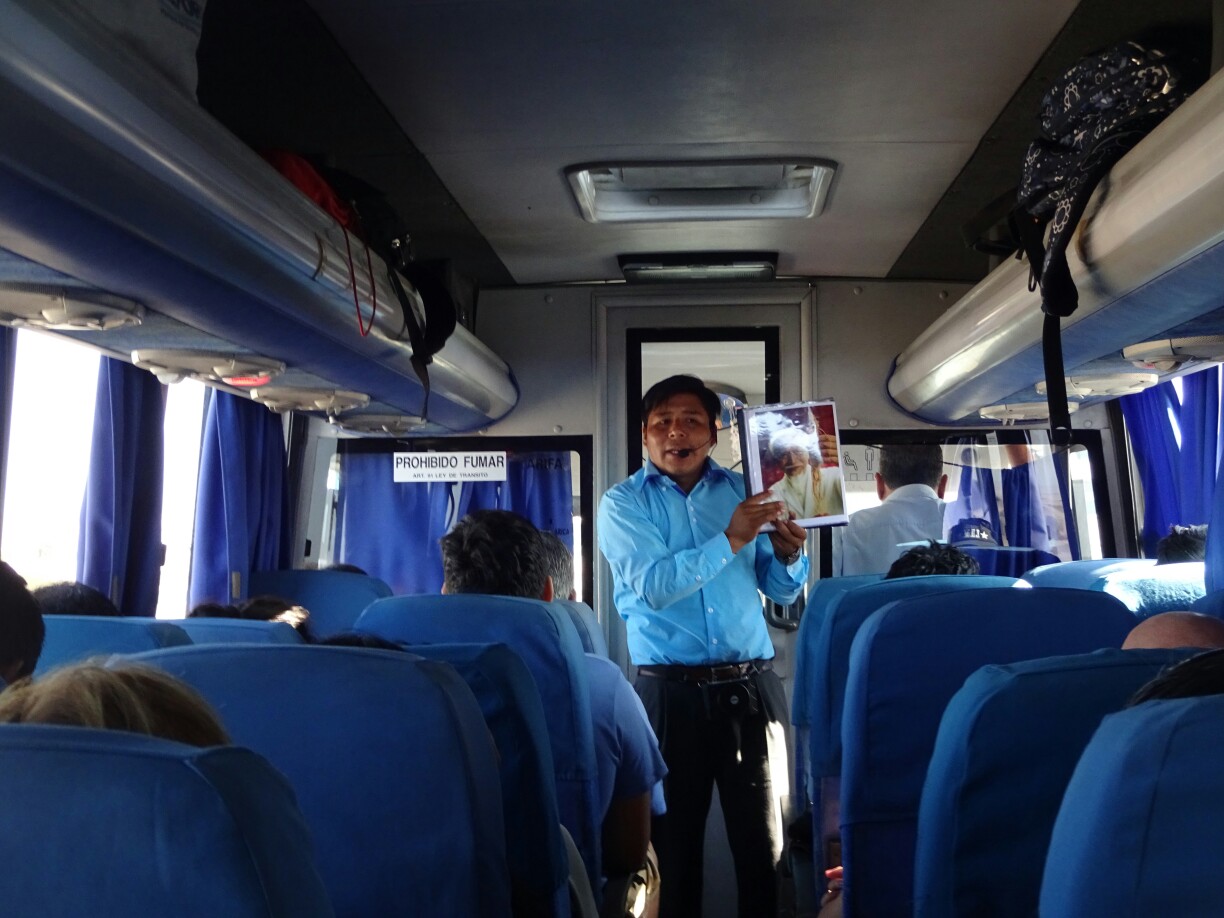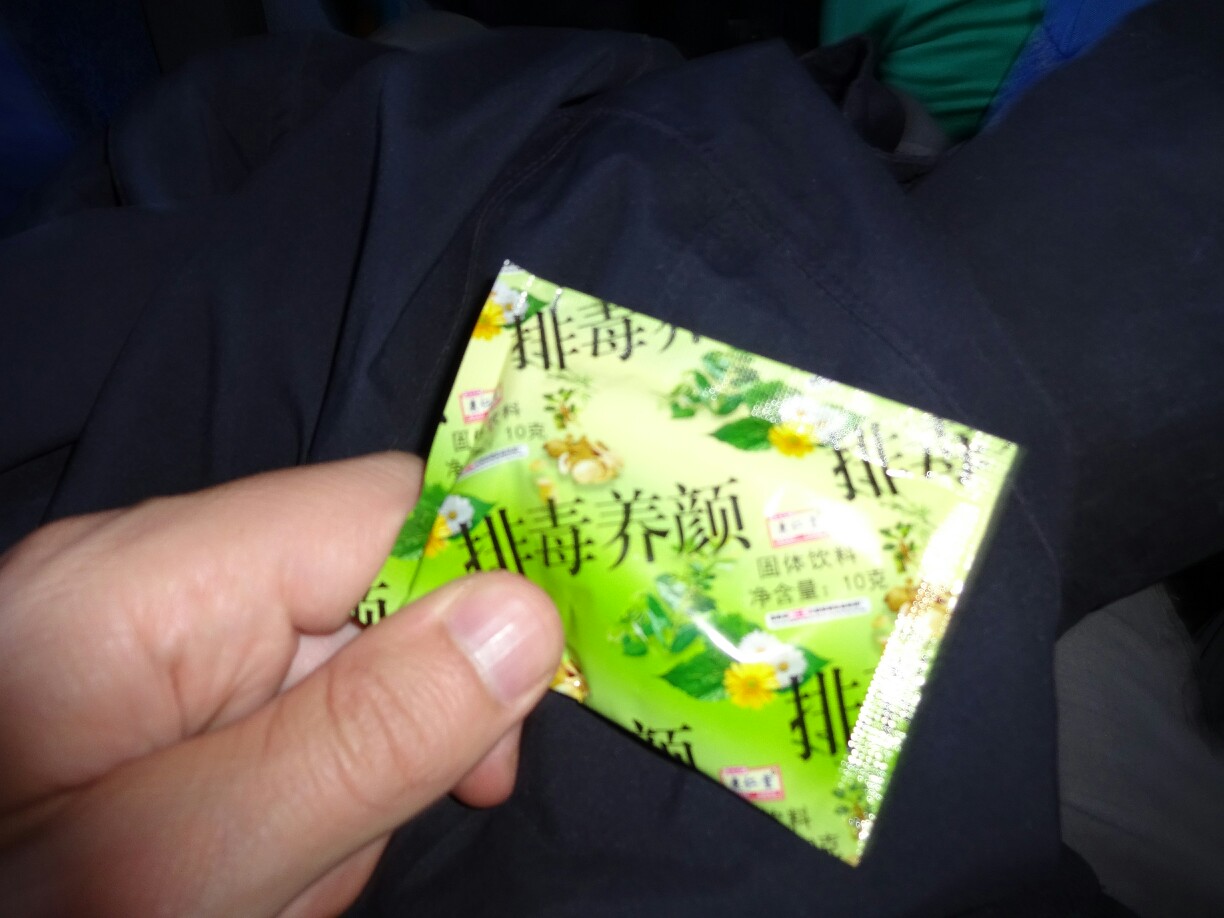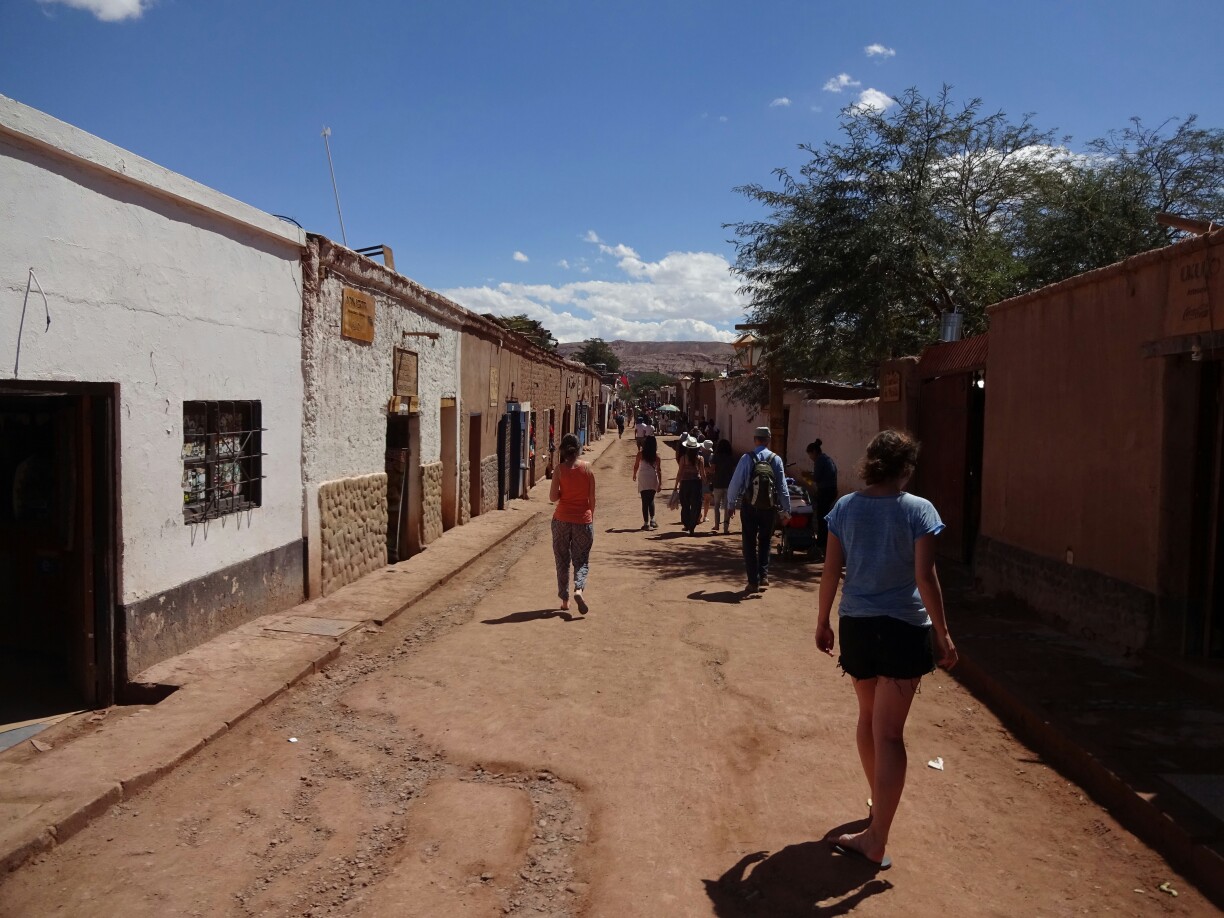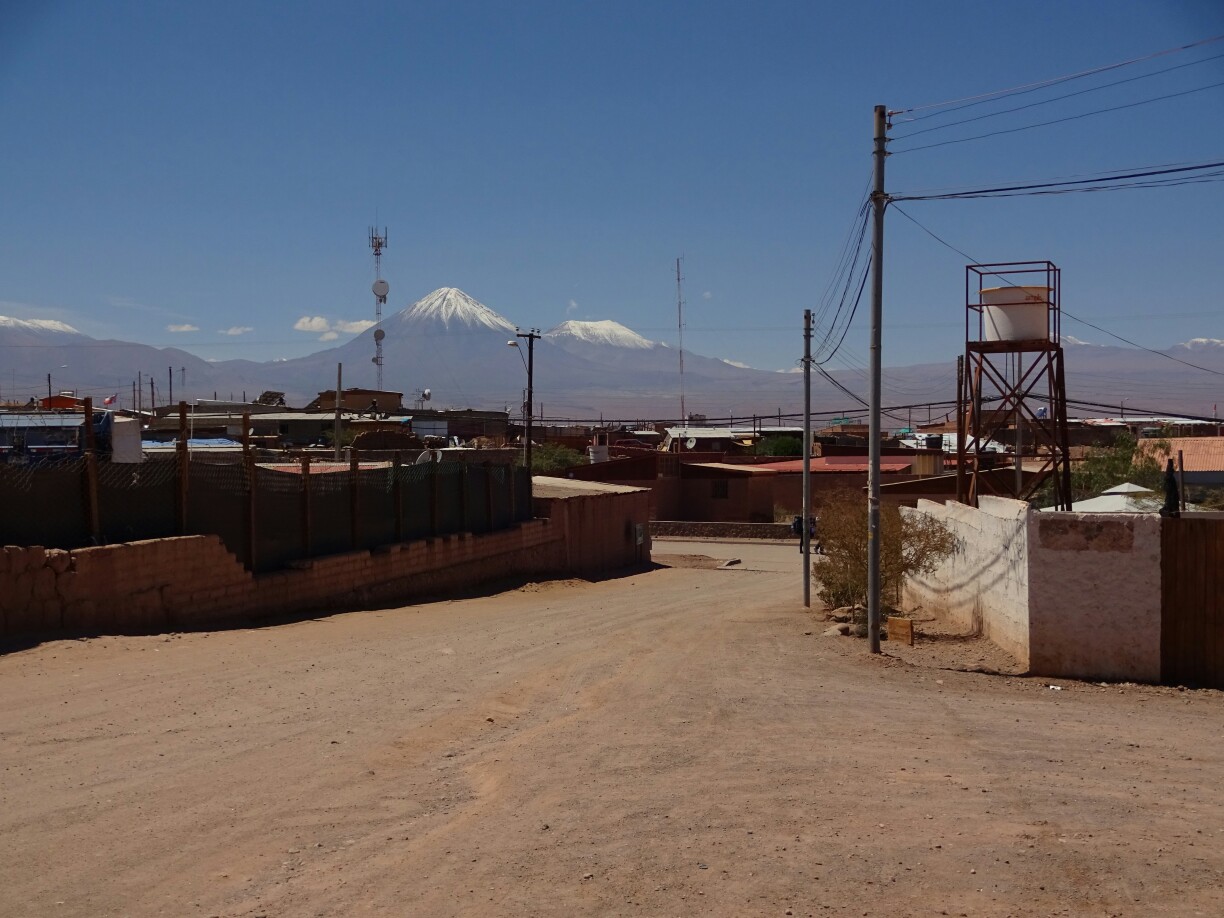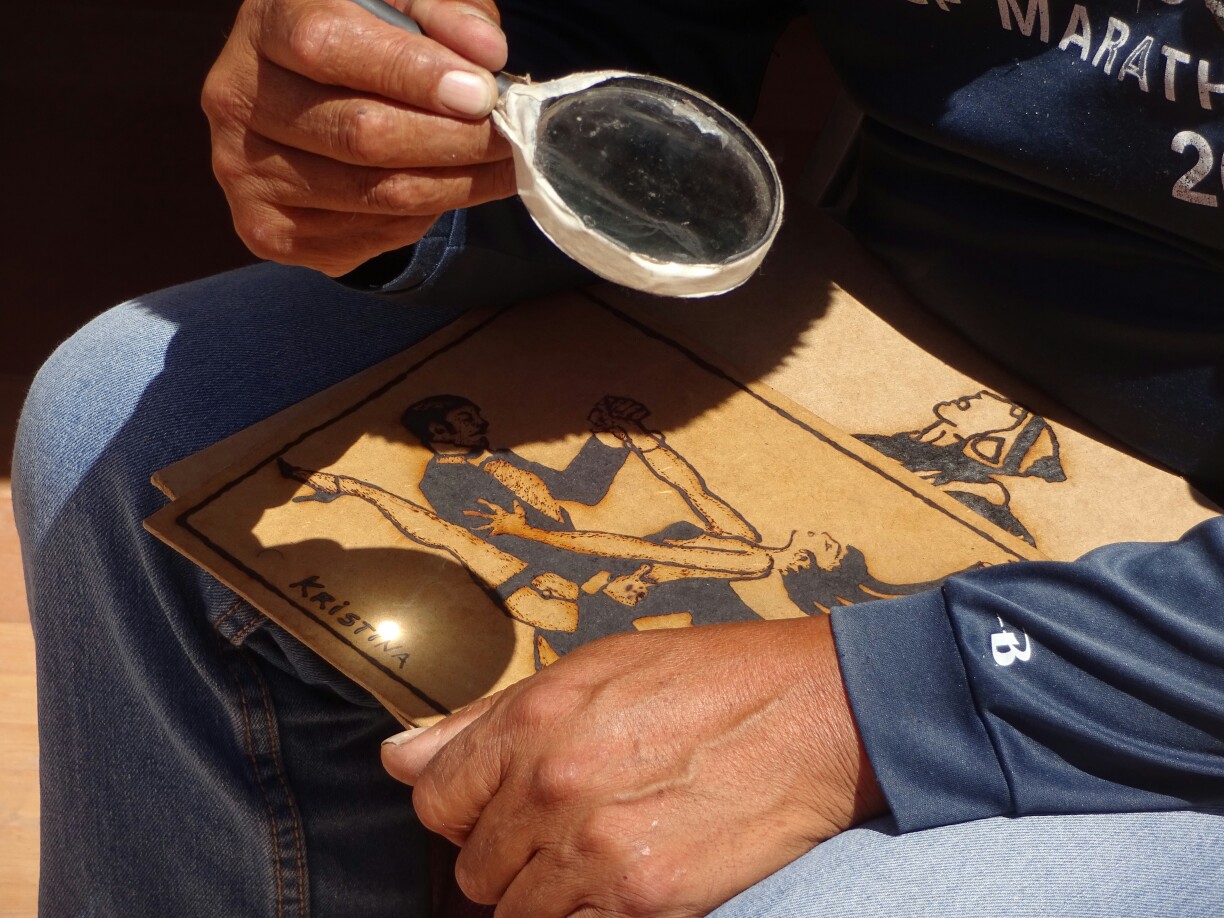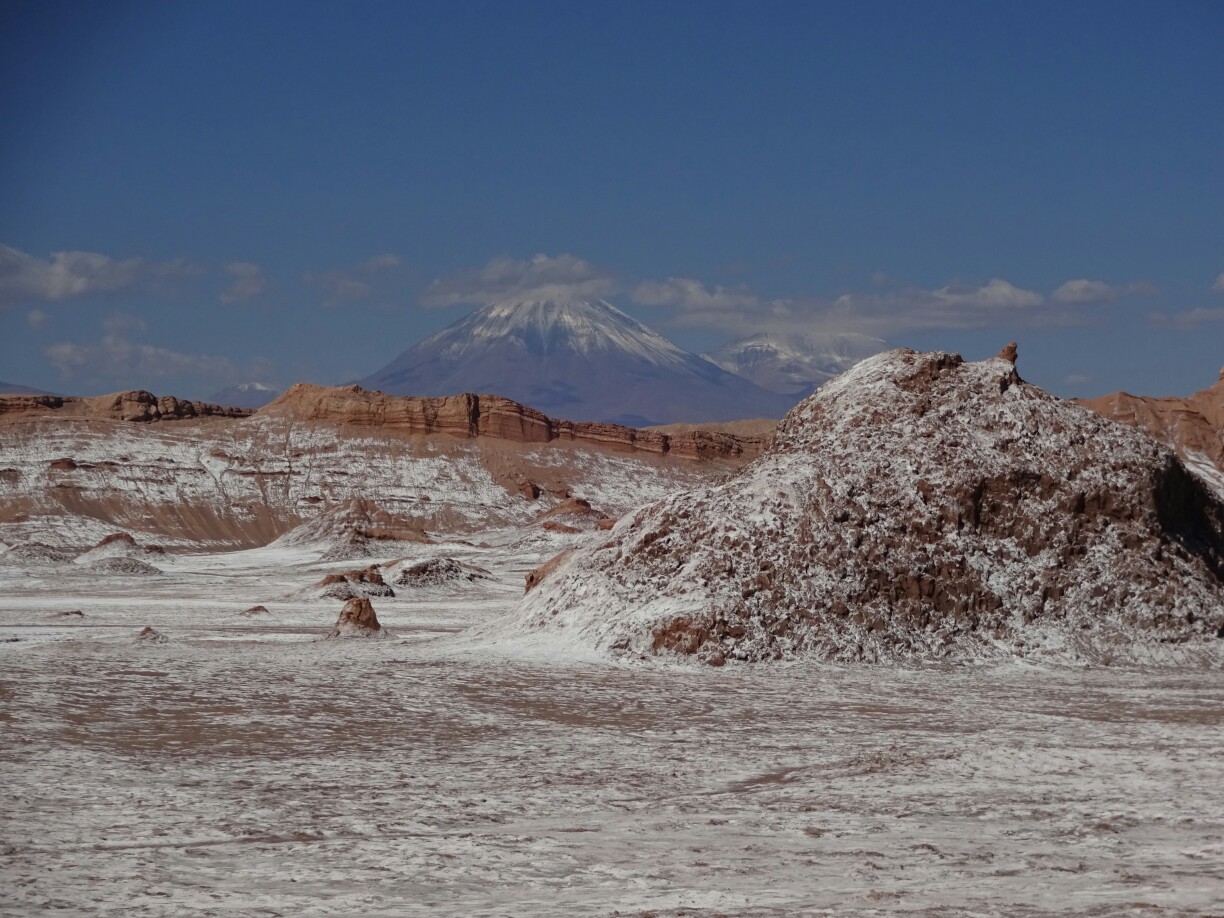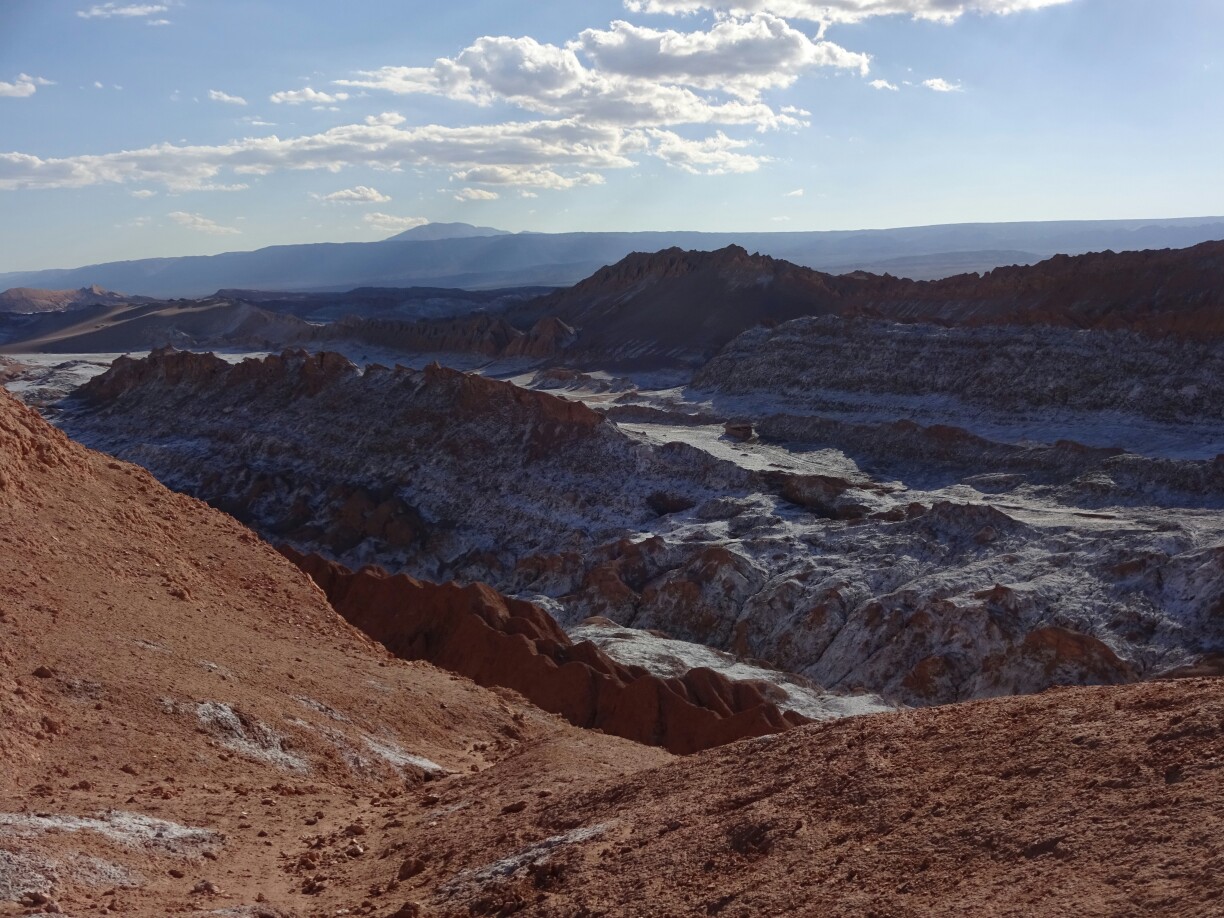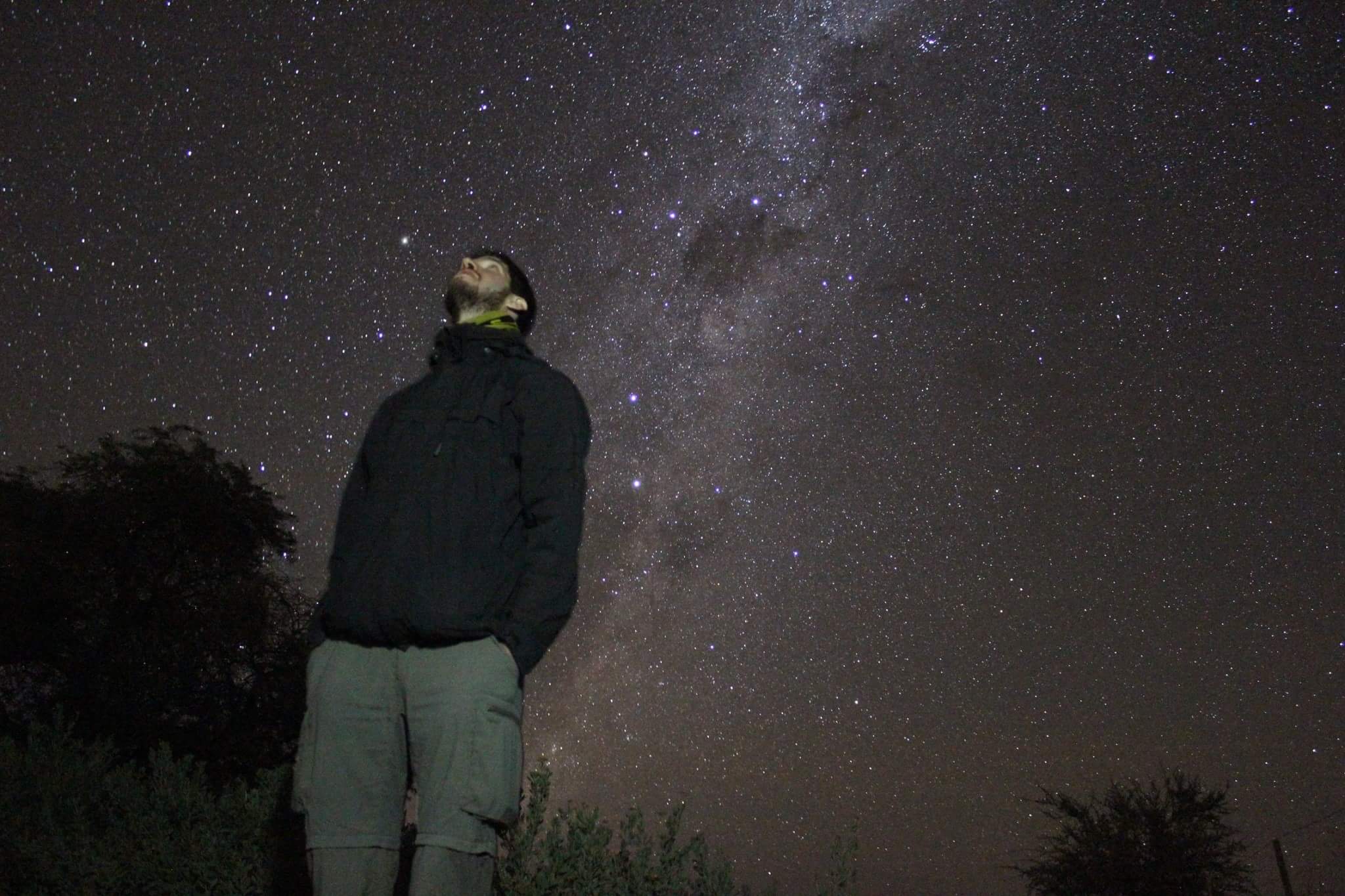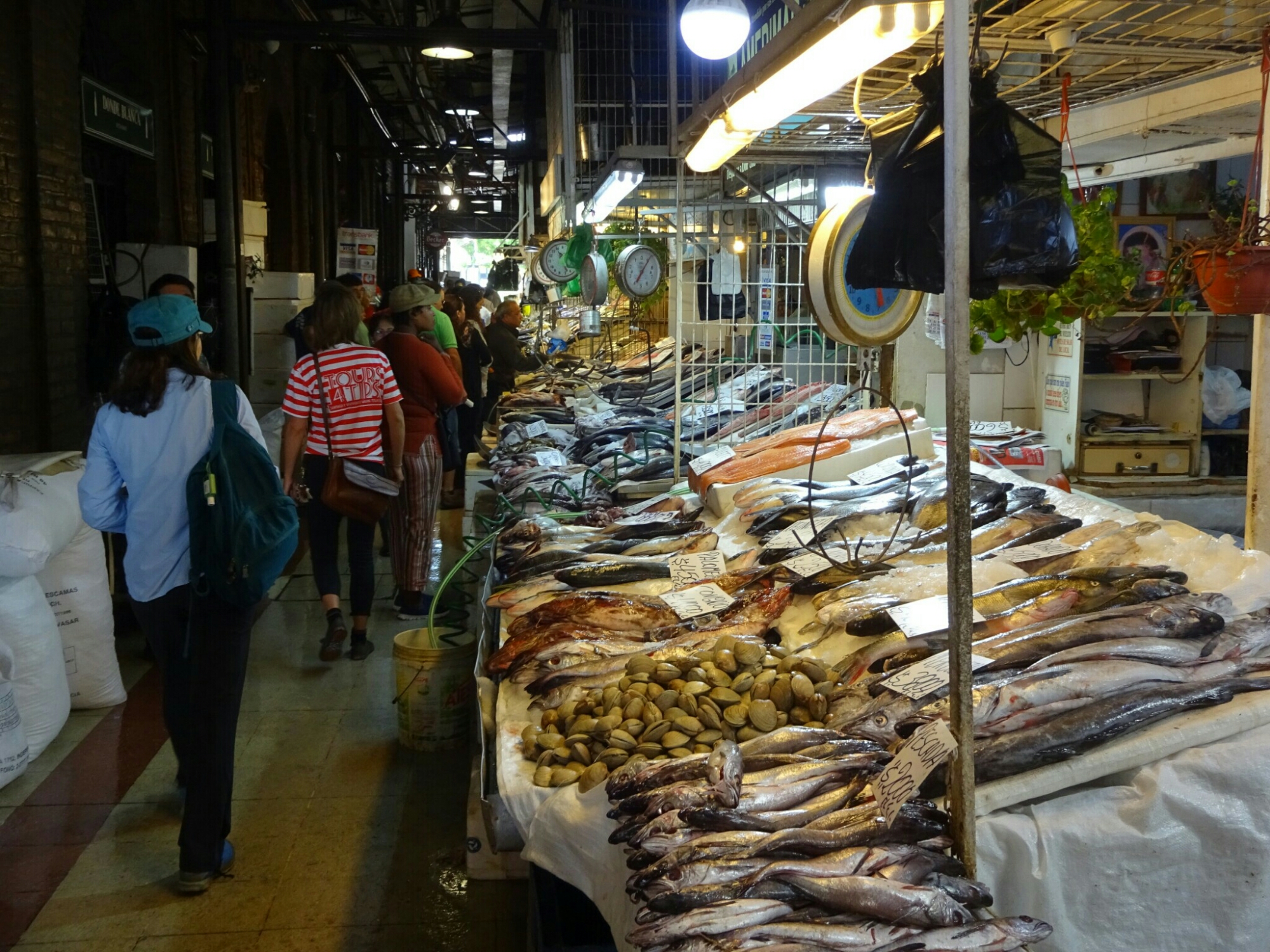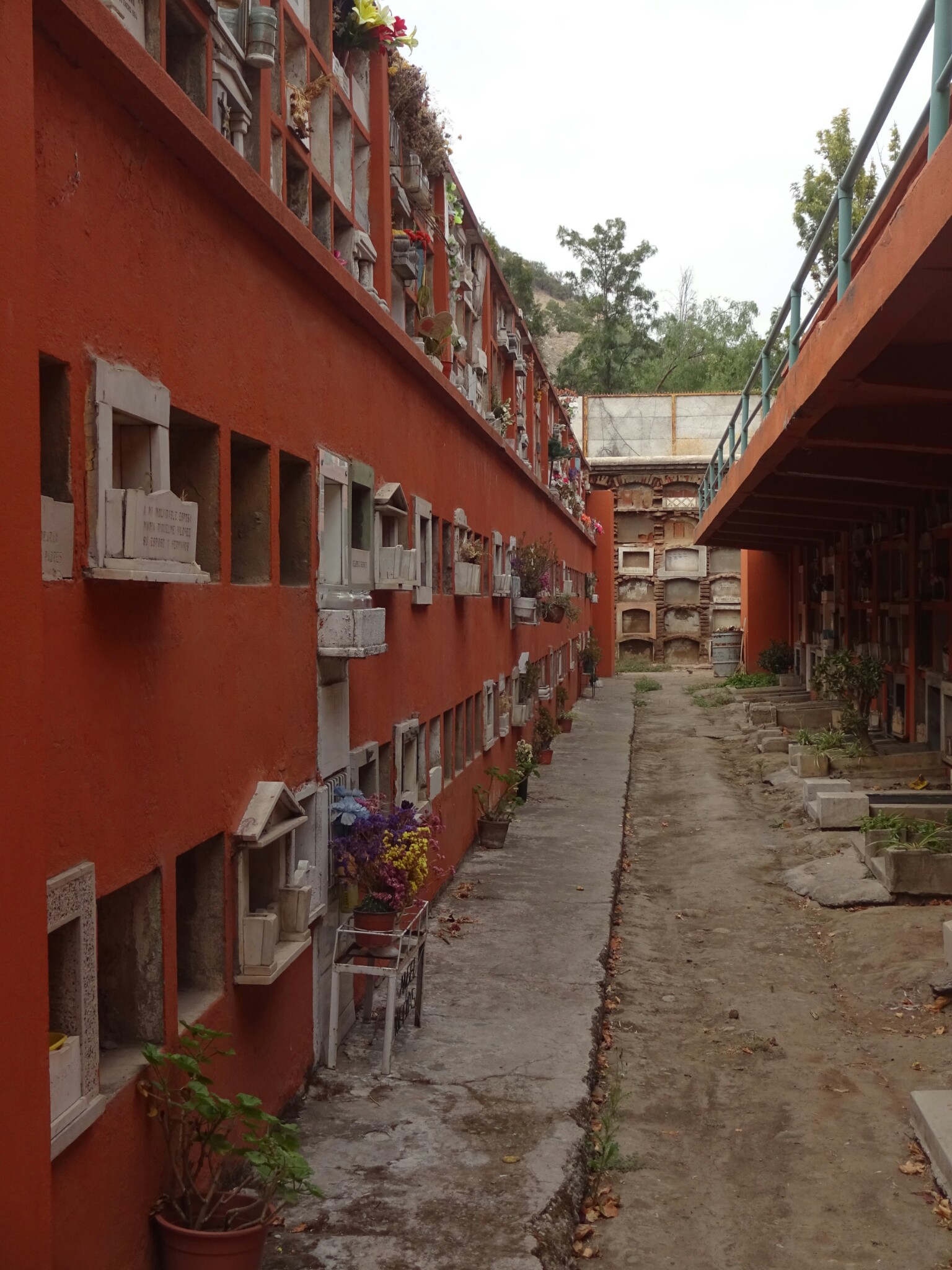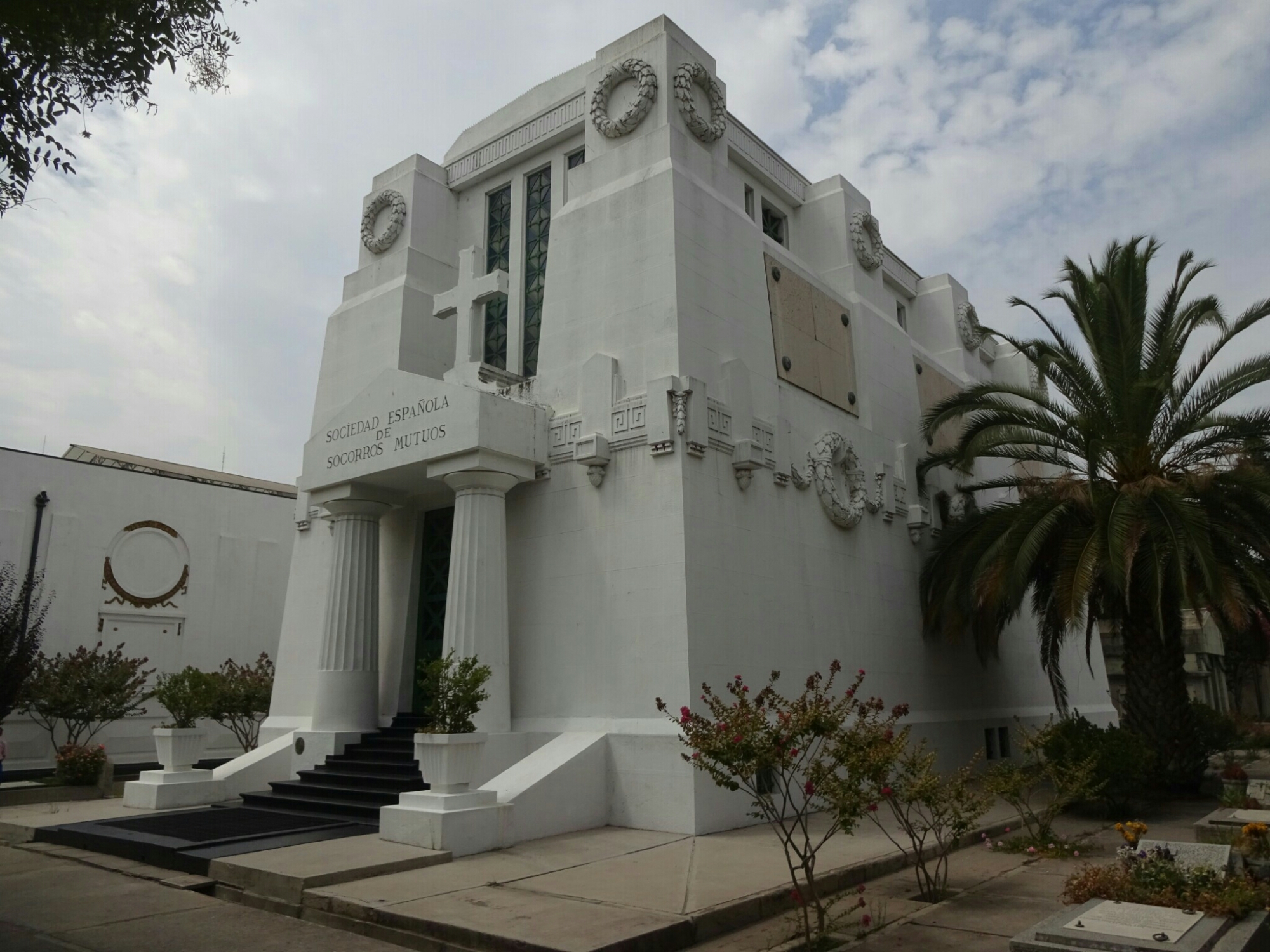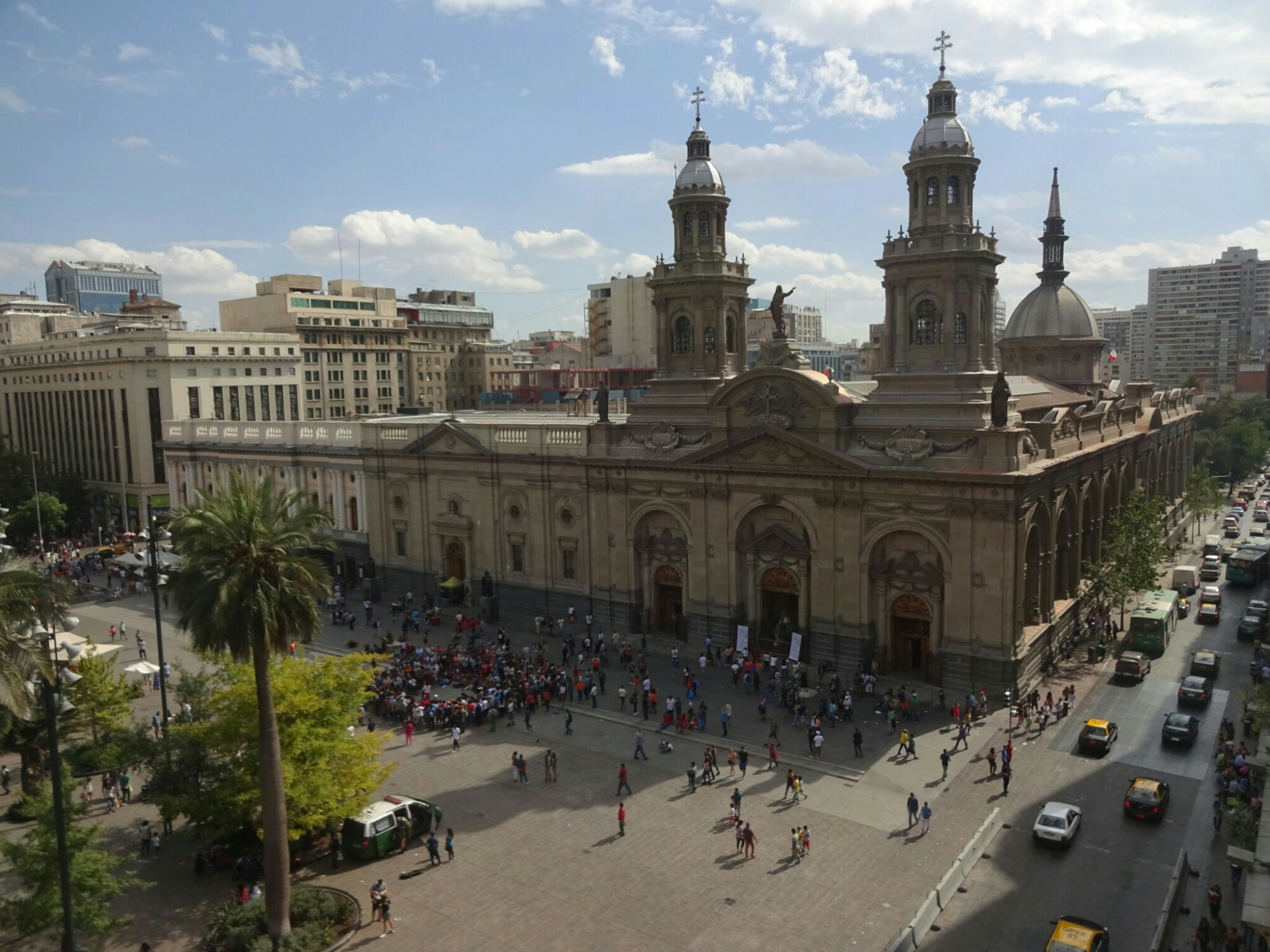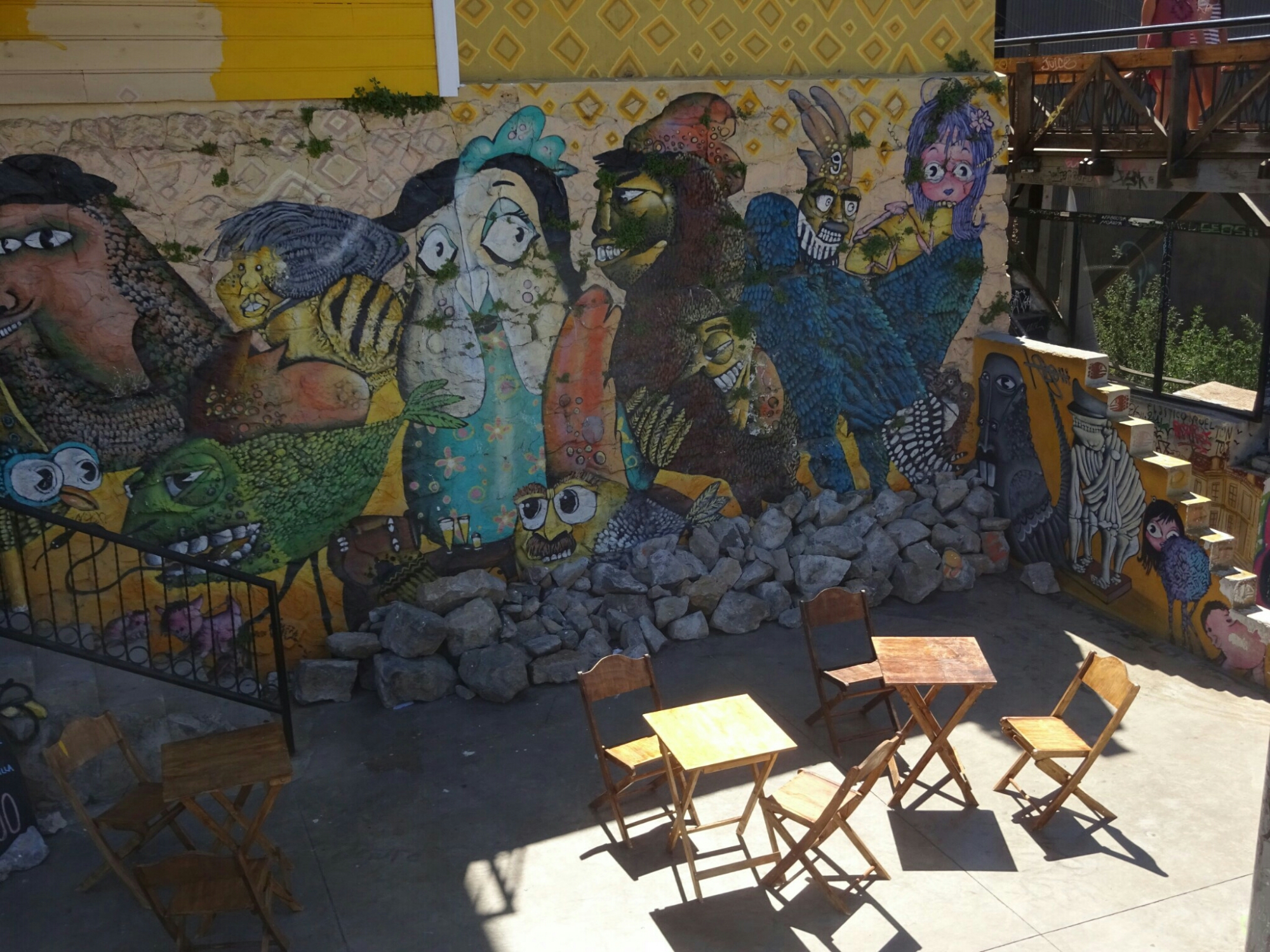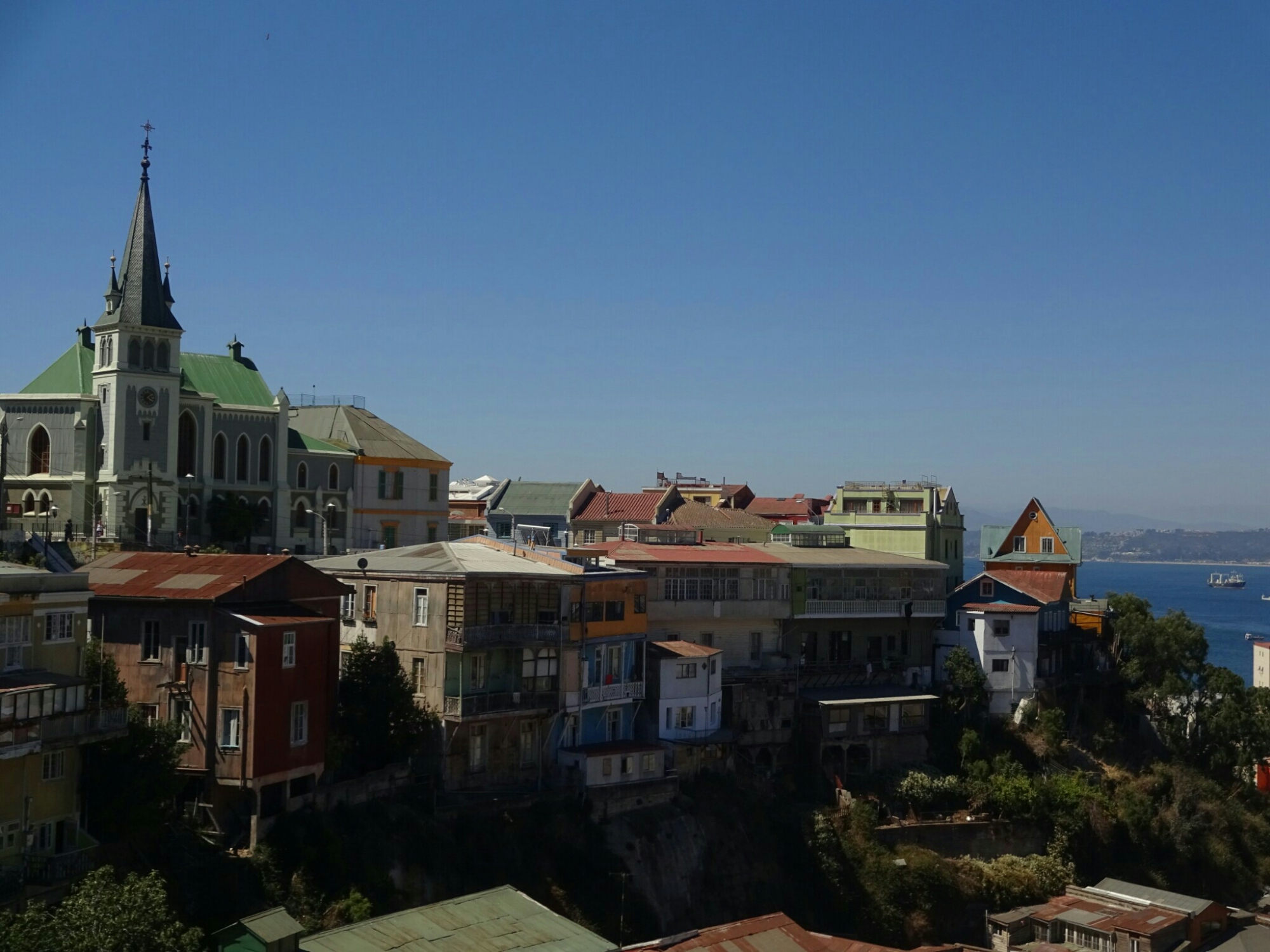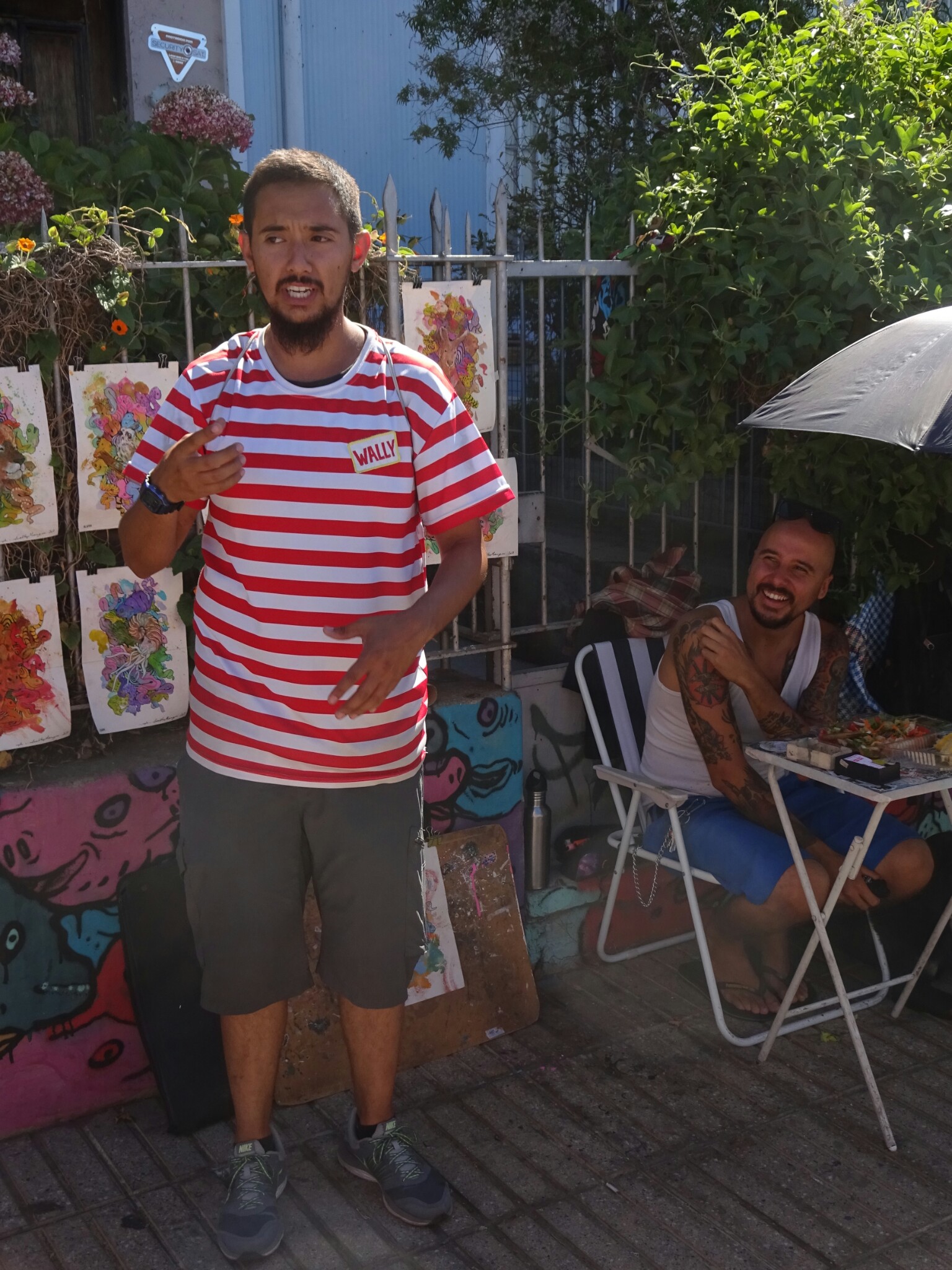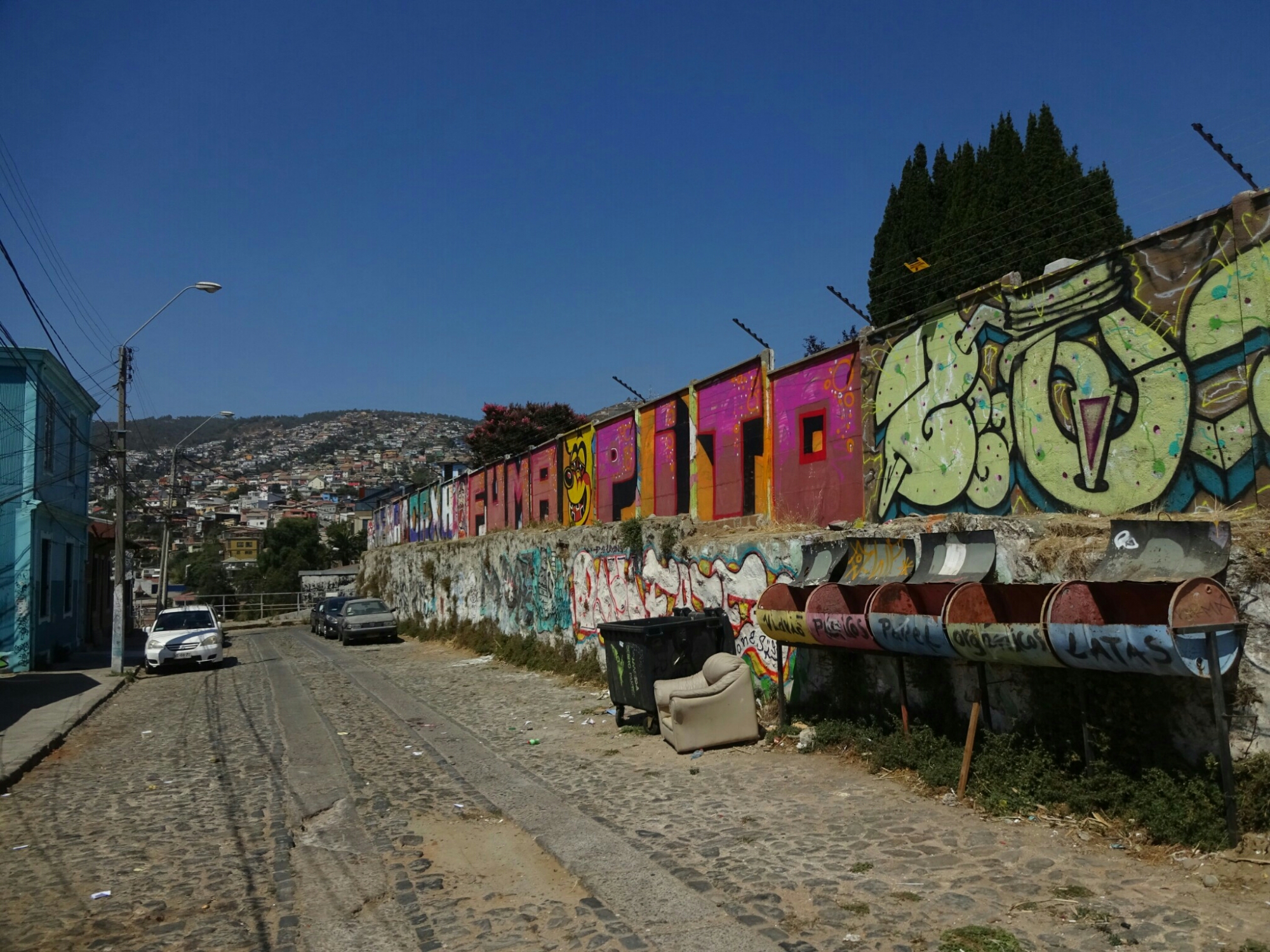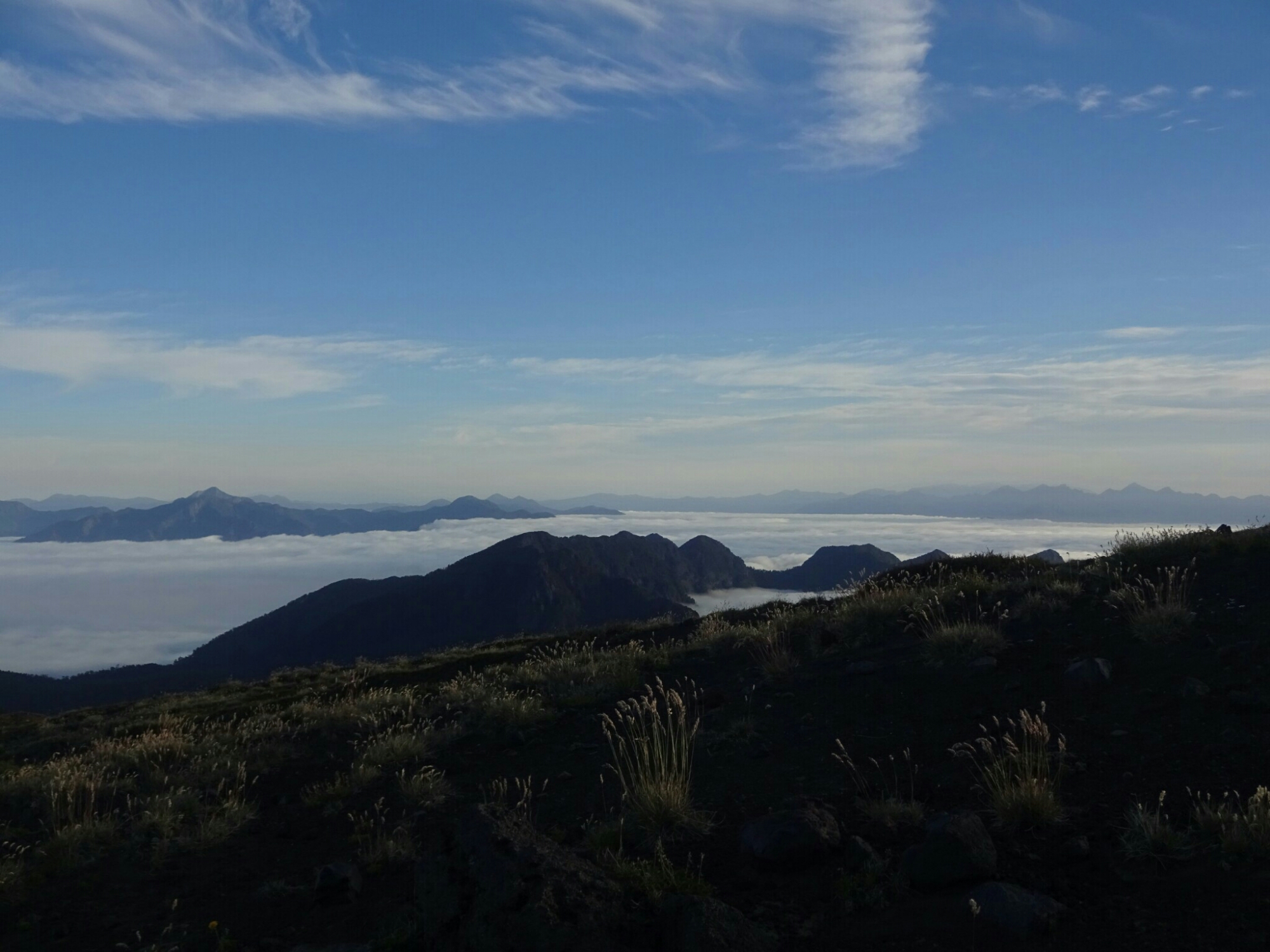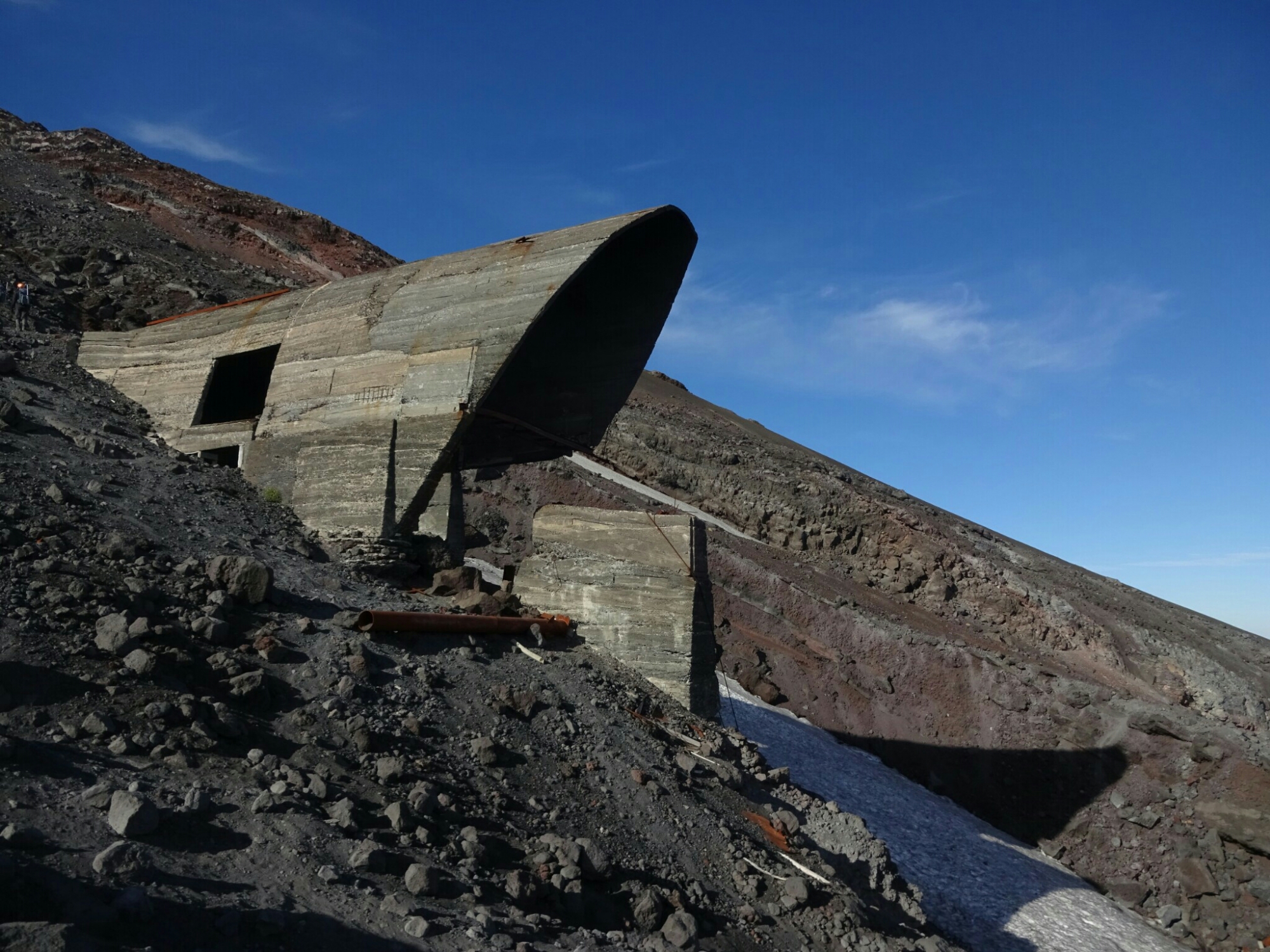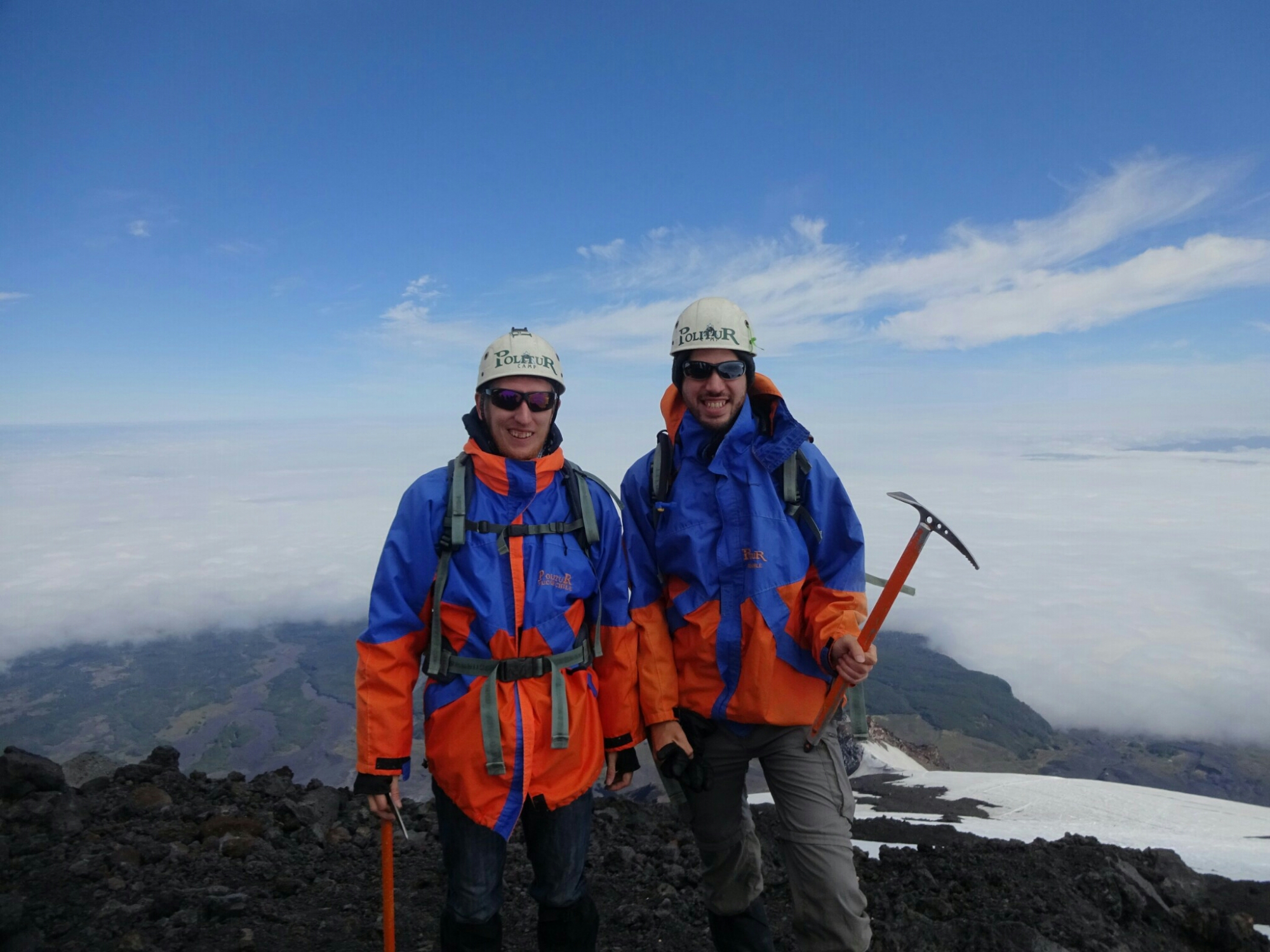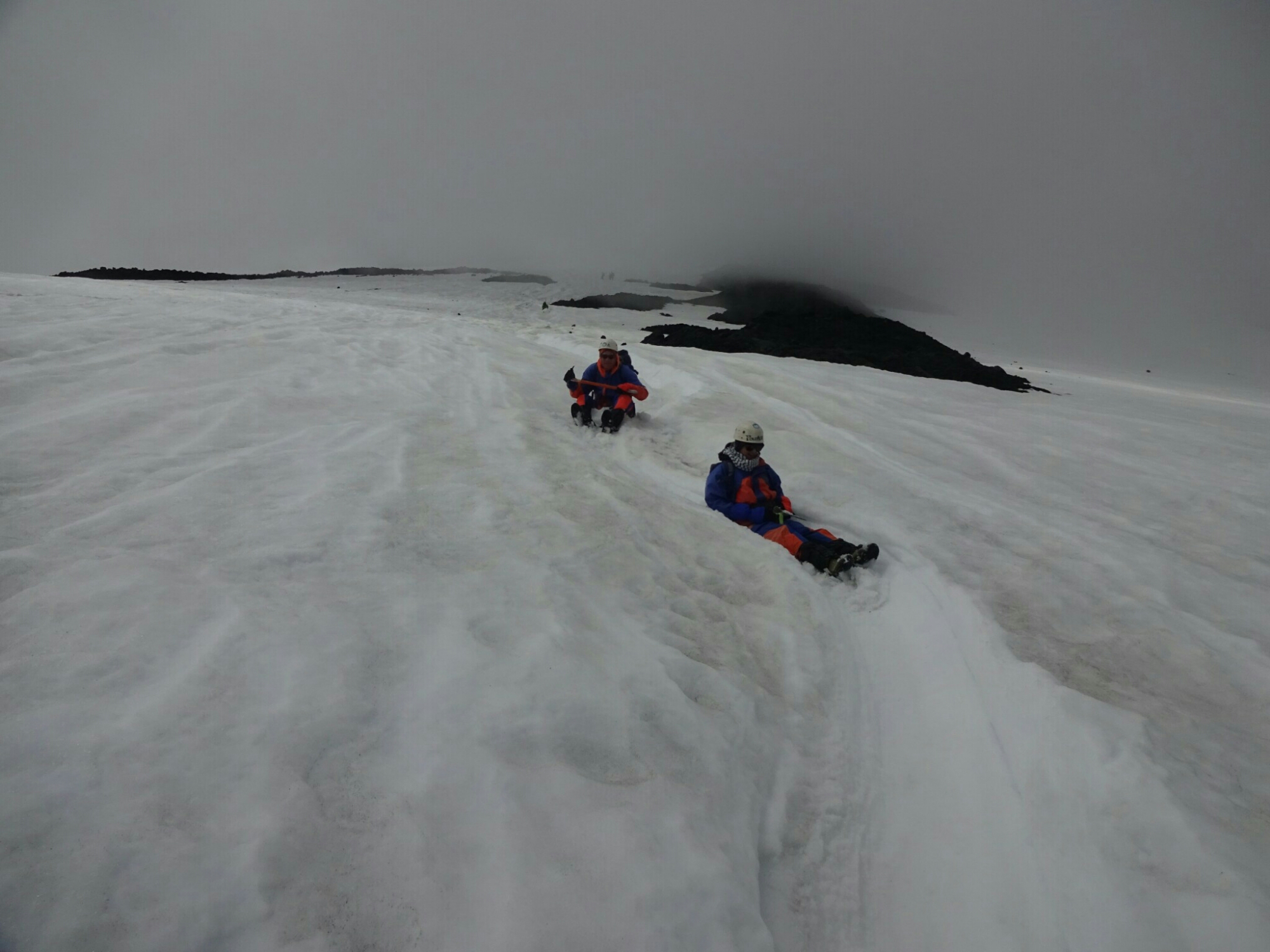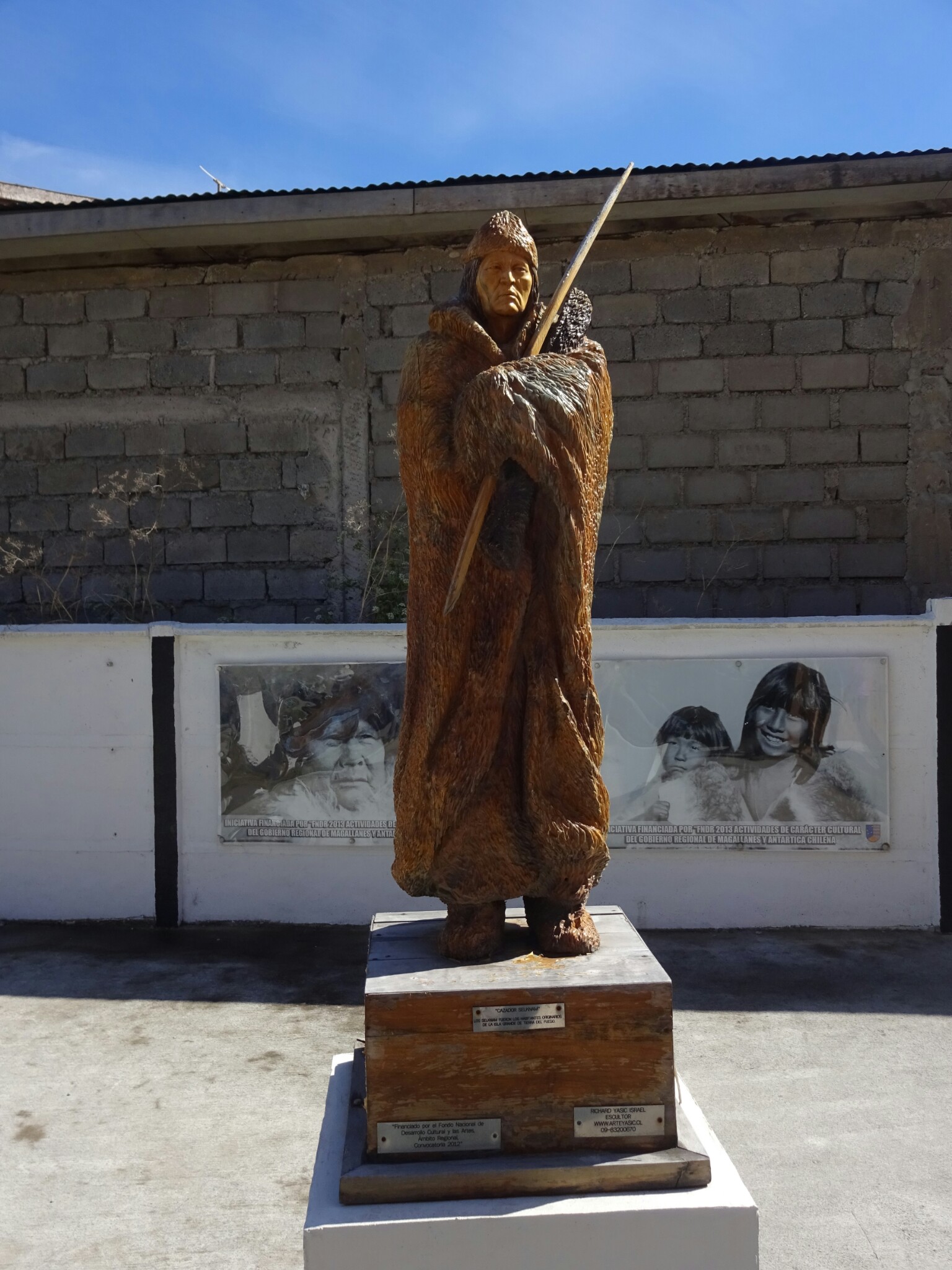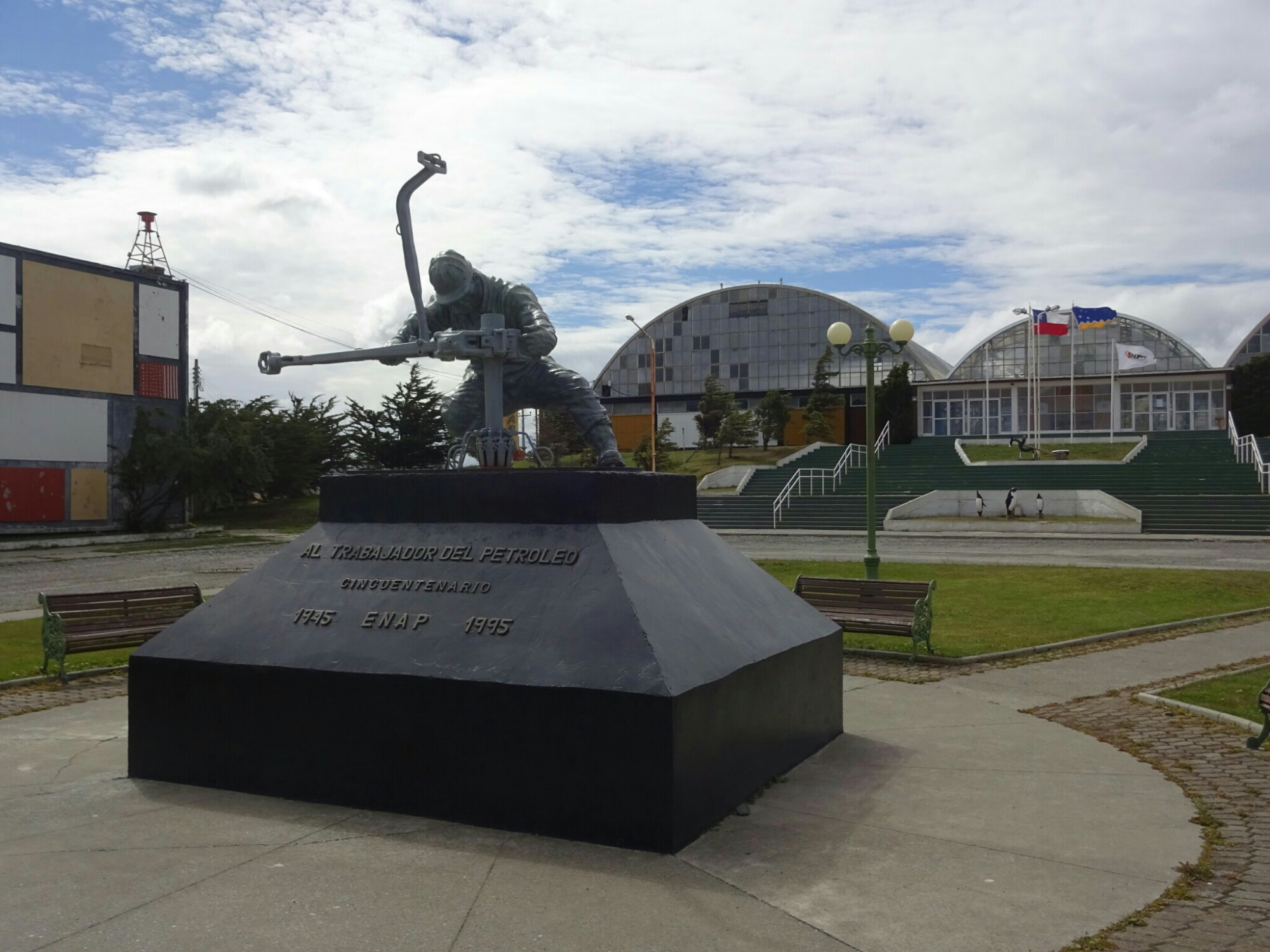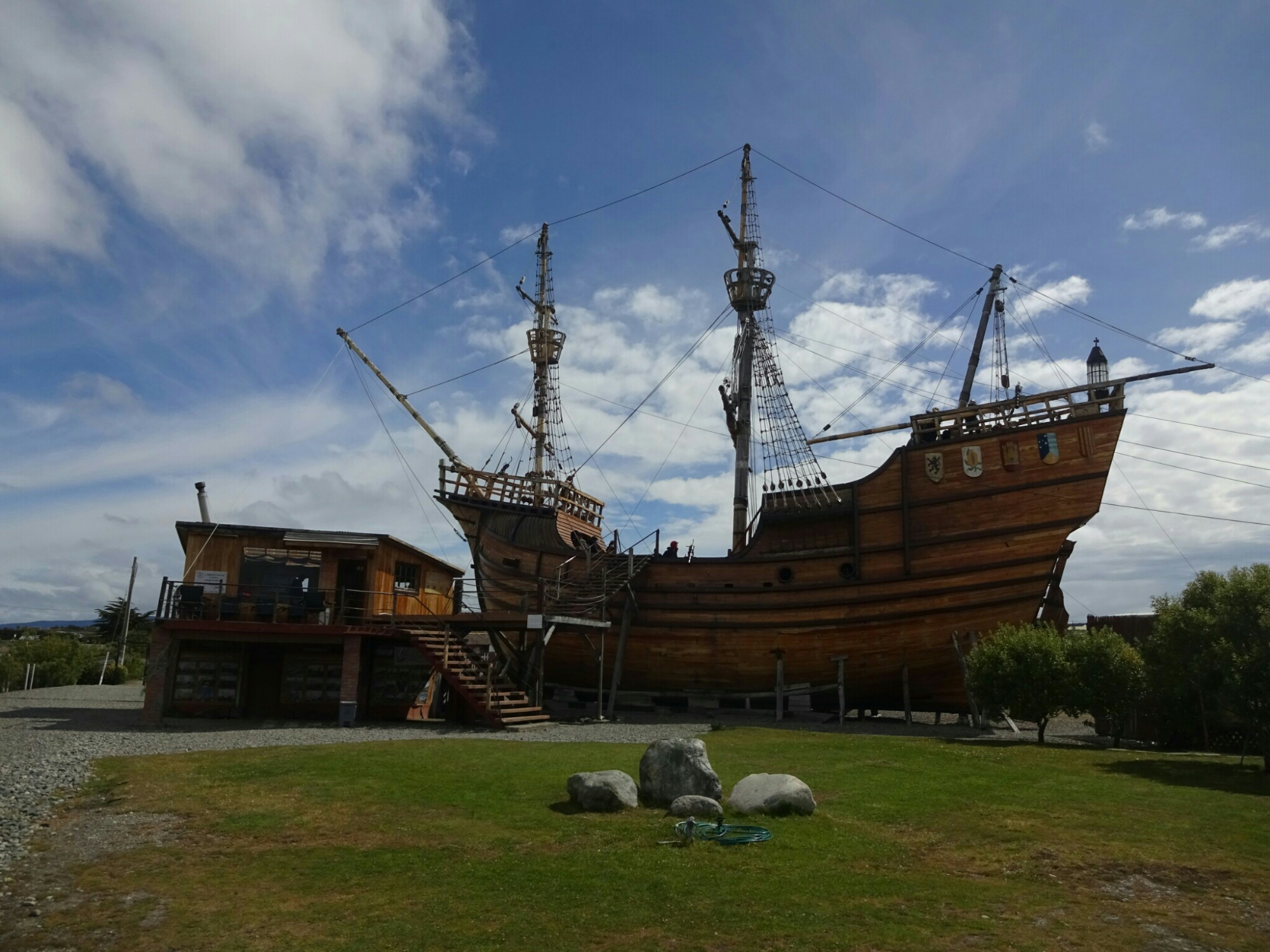From San Pedro de Atacama I took a night bus to the Chilean costal town of Arica. I arrived there while it was still dark outside, so I waited for the sun to come out. The hostal was not far from the terminal and I arrived there just in time for breakfast. Here I also ran into Fabio from Brazil, who also had been on the tour through the Salar de Uyuni. We wanted to explore the city and two Belgian guys joined us.
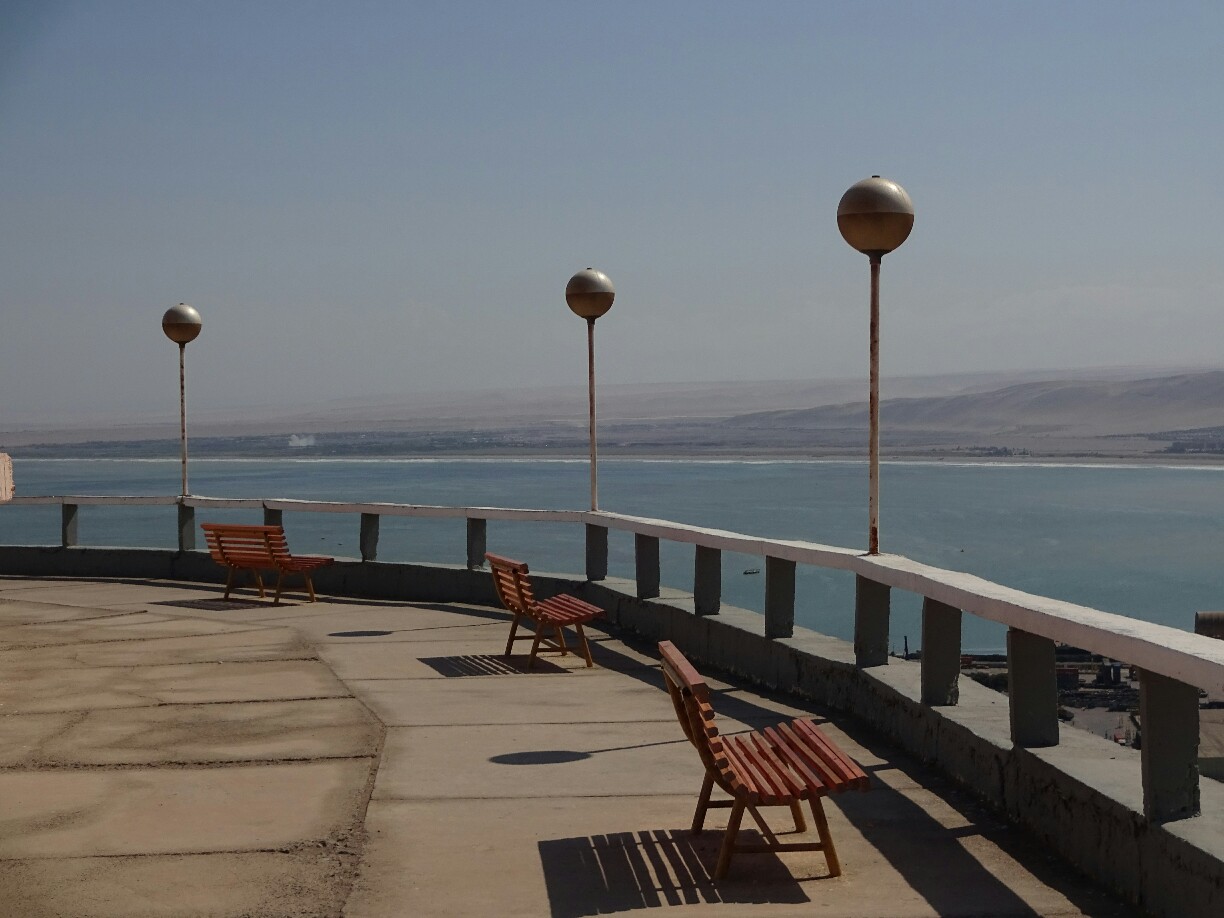

Even though Arica is right at the coast, it does get pretty hot during the day, as it is surrounded by desert. During the “War of the Pacific” it was the scene of an important battle between the Peruvian and the Chilean troops in 1880. Back then the “Cerro Morro”, a hill overlooking the city, was occupied and the former Peruvian city now belonged to Chile. Nowadays, there is a small military museum on top telling the story of the battle.


Back in town we visited the “Catedral San Marcos”, a little Gothic-style church made from cast iron. It was designed in 1870 by Gustave Eiffel, the French engineer, who would later provide the design for the Eiffel tower. After prefabrication in France it was shipped all around the globe to be assembled here on site. It’s now one of the nicest buildings in town and blends in perfectly with the colonial style architecture.


After a quick stop at the indoor market for lunch, we visited a small pre-colombian museum, the “Sitio Colon 10”. The name of the museum is the address of this former town house. A few years ago the owner wanted to remodel the house and found several dozens of mummies from the Chinchorro culture (5000-3000 BC) buried underneath. The demolition was stopped and the house was turned into a museum.
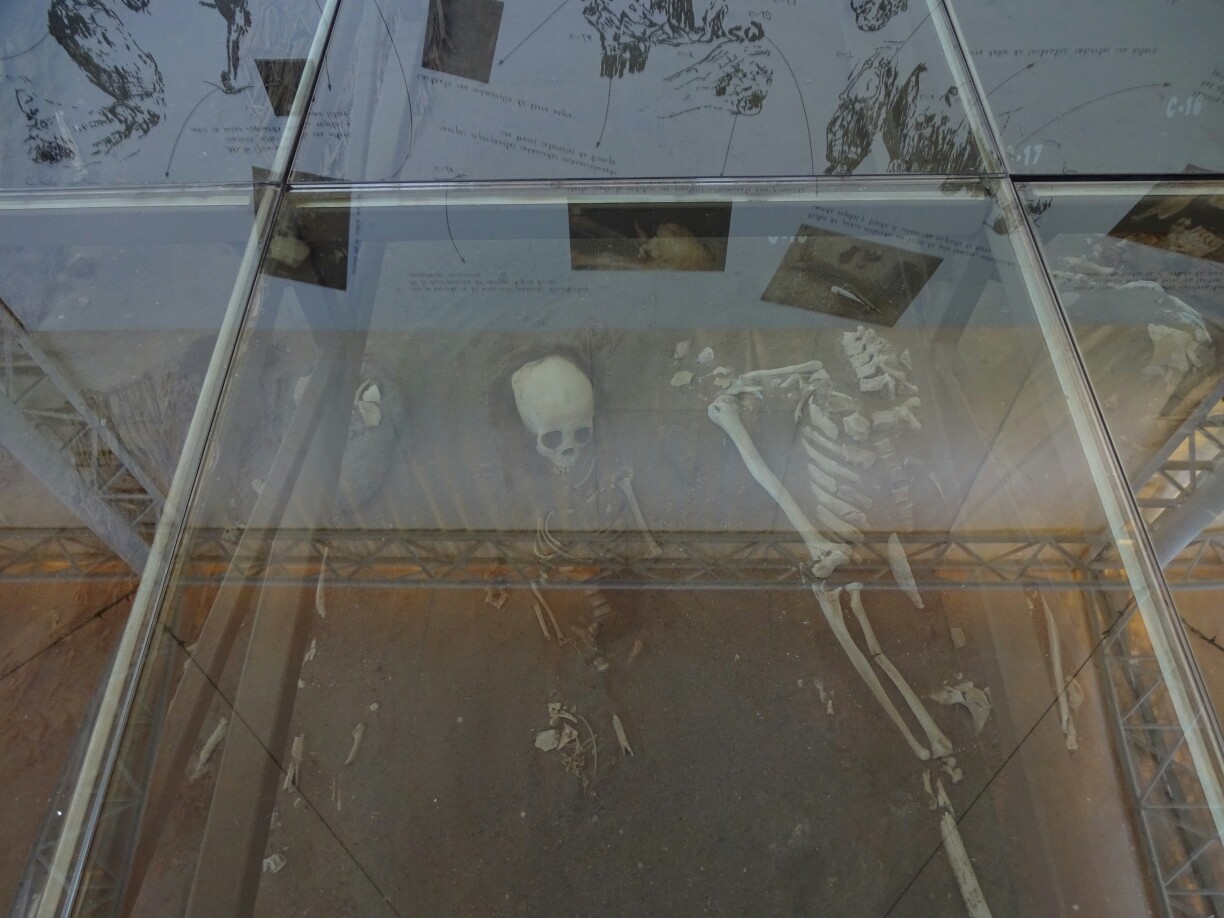
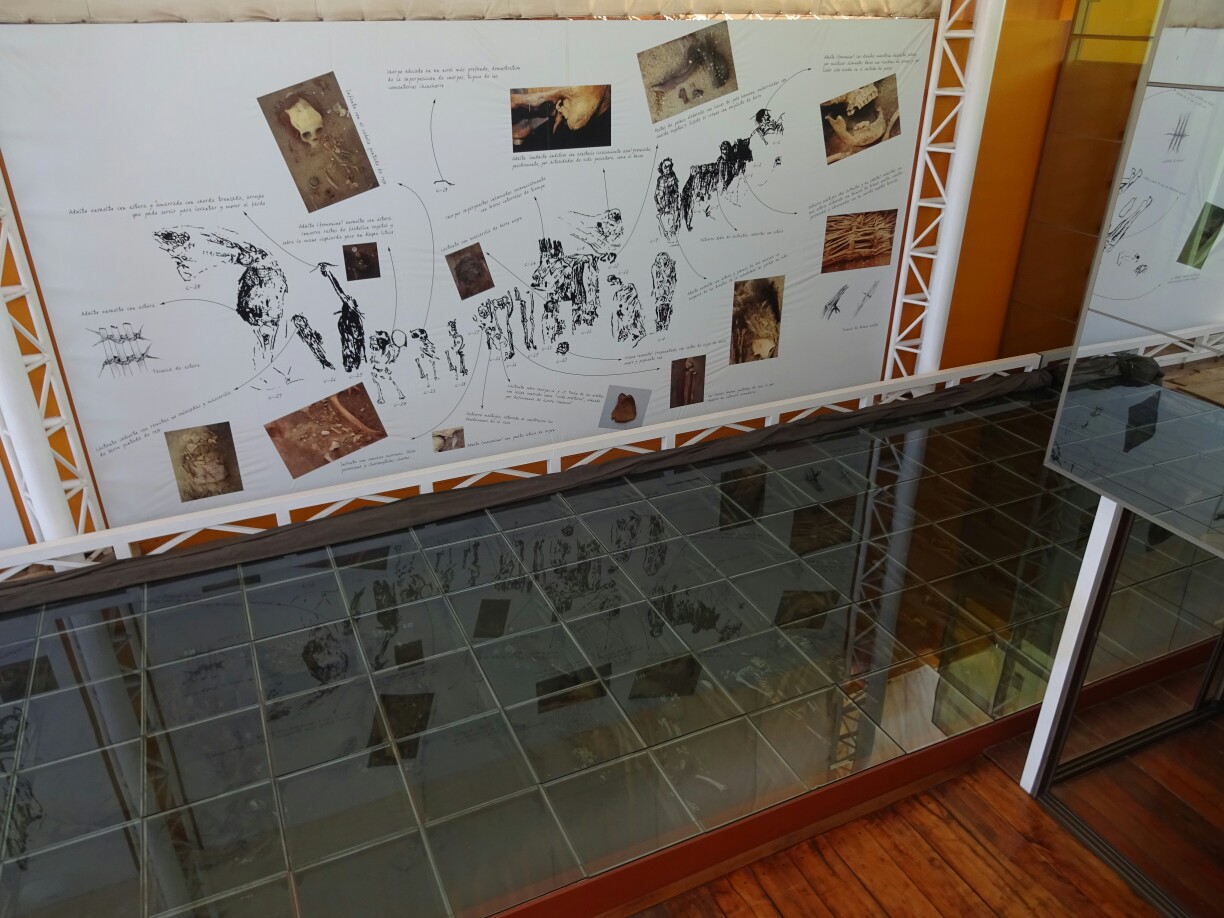
In the afternoon we also had a look at the harbor. During the morning hours, a large fish market is held here, but now there were only few fishermen left cleaning up the place. This attracts not only pelicans and other birds, but also several large sea lions, whose strategy is simply waiting. They know that sooner or later they’ll get their share.
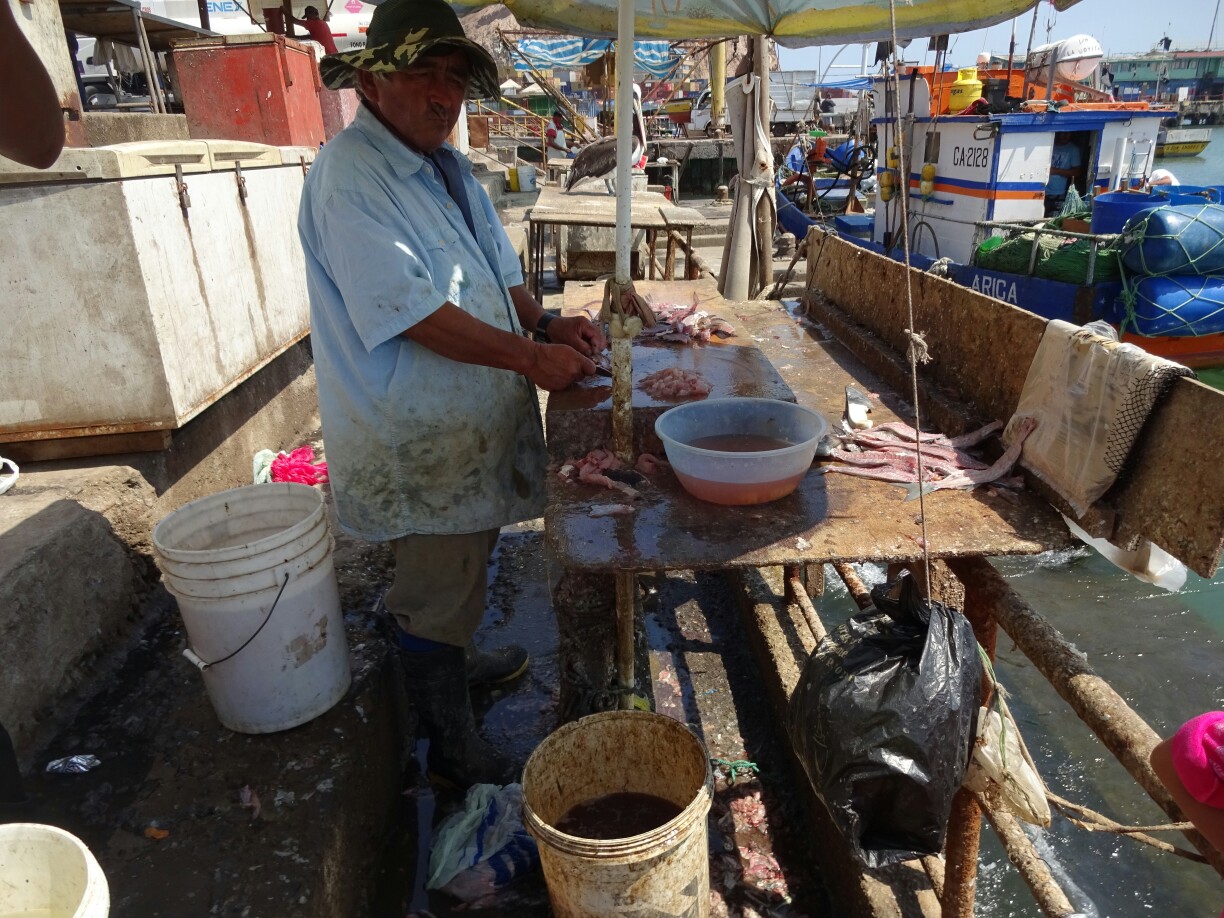

Back at the hostal I met Bastian from Germany, who also wanted to cross over to Peru the following day. That morning we caught a local bus heading for Tacna, the closest Peruvian town behind the border. Crossing the border was fast and easy, much to our delight. Just after, a young man entered our bus and started talking about bad eating habits and the diseases that come from them. We were fascinated about this free health education, but were a bit disappointed that it turned out to be part of the sales strategy to sell his magic products.
